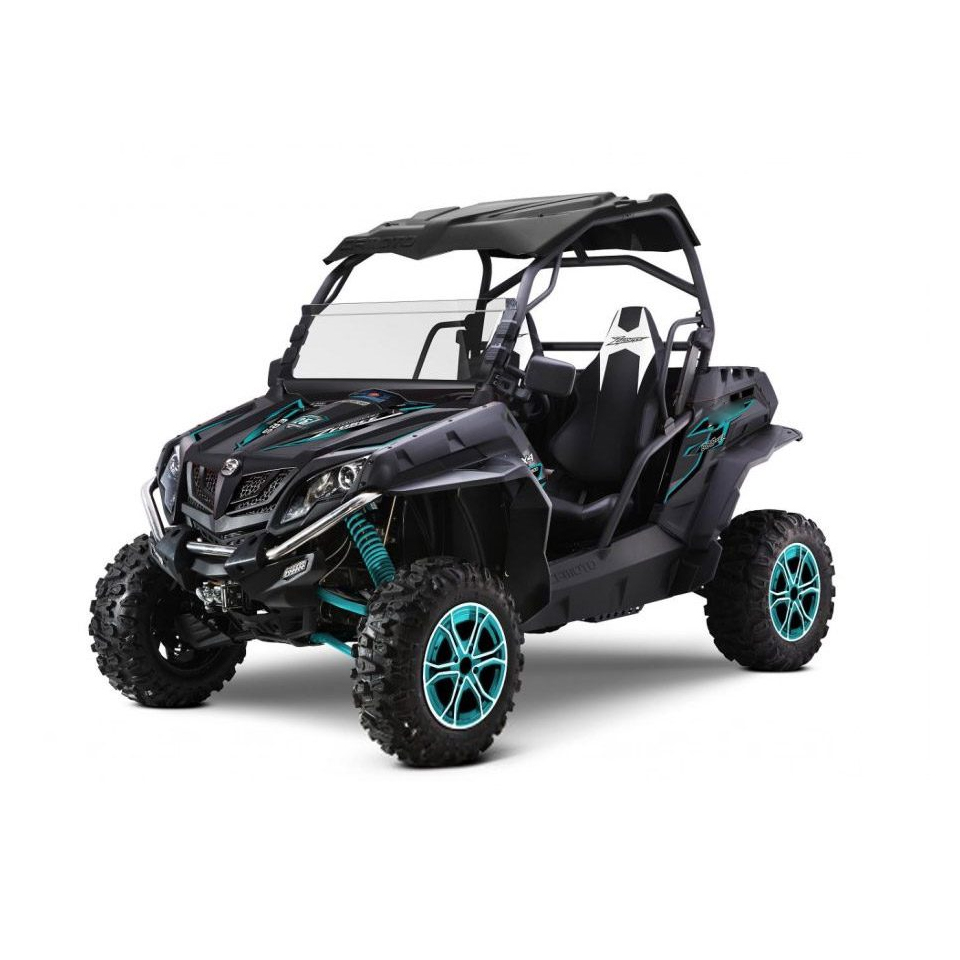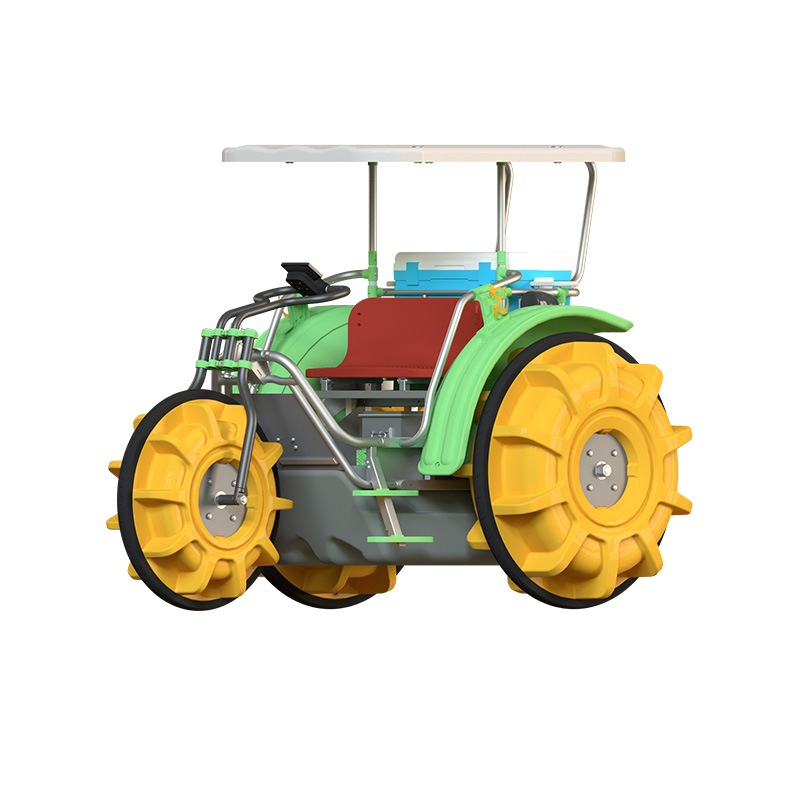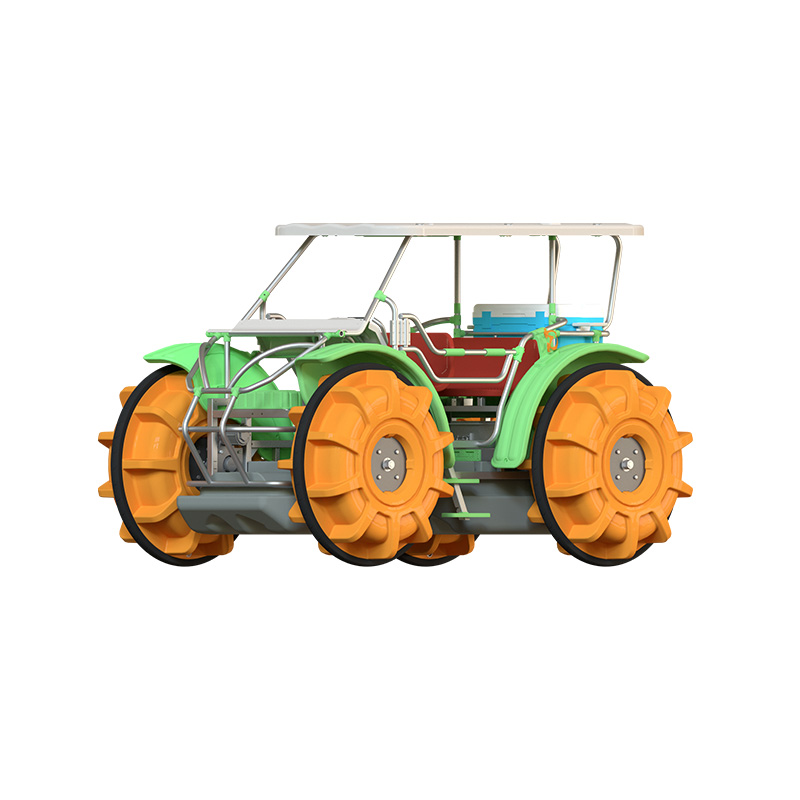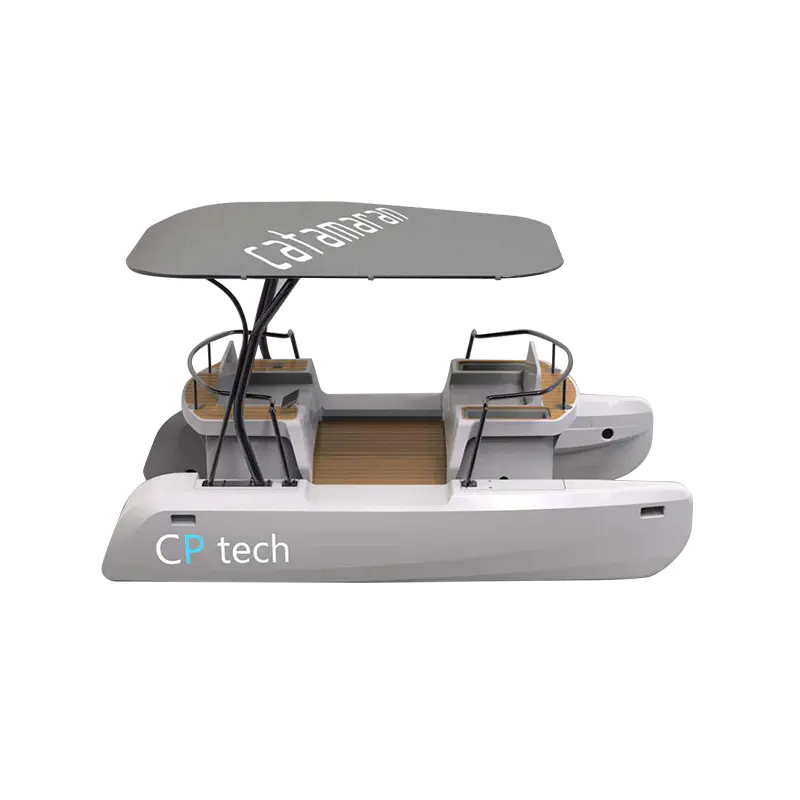Engine Types of ATV for Military Defense Army: Powering Tactical Operations
2025-04-18
In modern warfare, versatility and mobility are key to ensuring rapid response and strategic superiority. All-Terrain Vehicles (ATVs) have become an indispensable part of military operations, providing soldiers with the ability to navigate difficult terrains quickly and efficiently. The ATV for military defense army is specially designed to meet the unique needs of armed forces, offering a combination of durability, speed, and maneuverability. One of the critical components of an ATV is its engine, which significantly influences the vehicle's performance in tactical situations.

The engine is the heart of any ATV for military defense army, providing the power needed for both speed and endurance across a wide range of terrains. Whether navigating through deserts, dense forests, rugged mountains, or swampy marshes, the engine must provide consistent and reliable performance. For military forces, this means having engines that can handle conditions, from high temperatures to freezing cold, while maintaining the necessary torque to climb steep inclines and power through mud or snow.
Moreover, military ATVs need to be versatile and capable of supporting various operational requirements, such as rapid reconnaissance, supply transport, or search and rescue missions. Therefore, the engine type plays a crucial role in balancing power output, fuel efficiency, and durability.
1. Internal Combustion Engines (ICE) in Military ATVs
Internal combustion engines (ICE) are the common engine type used in ATVs for military defense army. ICE engines typically run on gasoline or diesel and are known for their ability to deliver high power output in a relatively compact and lightweight package. These engines are favored for their reliability and established technology, making them a preferred choice for military applications where proven performance is essential.
Gasoline-powered ICE engines in military ATVs are often selected for their lighter weight and higher RPM (Revolutions Per Minute), which provides greater speed and acceleration. These engines are suitable for missions where high speed is required, such as reconnaissance or rapid response operations. However, the primary drawback of gasoline engines is their relatively lower fuel efficiency compared to diesel engines, which may be a limiting factor for extended operations in remote areas where refueling is not easily accessible.
Diesel-powered ICE engines, on the other hand, are known for their fuel efficiency and torque. Diesel engines in ATVs for military defense army are capable of carrying heavier loads over long distances without requiring frequent refueling. This makes them a reliable choice for logistical operations or transport missions where endurance is critical. The increased torque from diesel engines also allows these ATVs to handle more demanding terrain and steep inclines with ease.
2. Electric Engines: Emerging Trend in Military ATVs
In recent years, electric engines have started to gain traction in the design of ATVs for military defense army, primarily due to their quiet operation, low maintenance, and minimal thermal signature. The low noise produced by electric engines can be a strategic advantage during covert operations, as it helps to maintain the element of surprise. Additionally, the absence of exhaust emissions reduces the thermal signature of the vehicle, making it harder to detect by enemy infrared sensors.
While electric engines in ATVs for military defense army offer distinct advantages in terms of stealth and environmental impact, they also present certain challenges. The main limitation is the battery capacity. Currently, the range of electric-powered military ATVs is still limited compared to traditional ICE engines, making them unsuitable for long-distance operations or areas where charging infrastructure is not readily available. However, advancements in battery technology and hybrid powertrains are steadily improving the performance and range of electric engines, making them more viable for military applications in the future.
One promising development is the use of hybrid engines, which combine both electric and combustion engine technologies. These hybrid systems can provide a balance of power, efficiency, and stealth, allowing military ATVs for defense army to switch between electric power for quiet operation and gasoline or diesel power for long-range missions.

 English
English  русский
русский  عربى
عربى 









